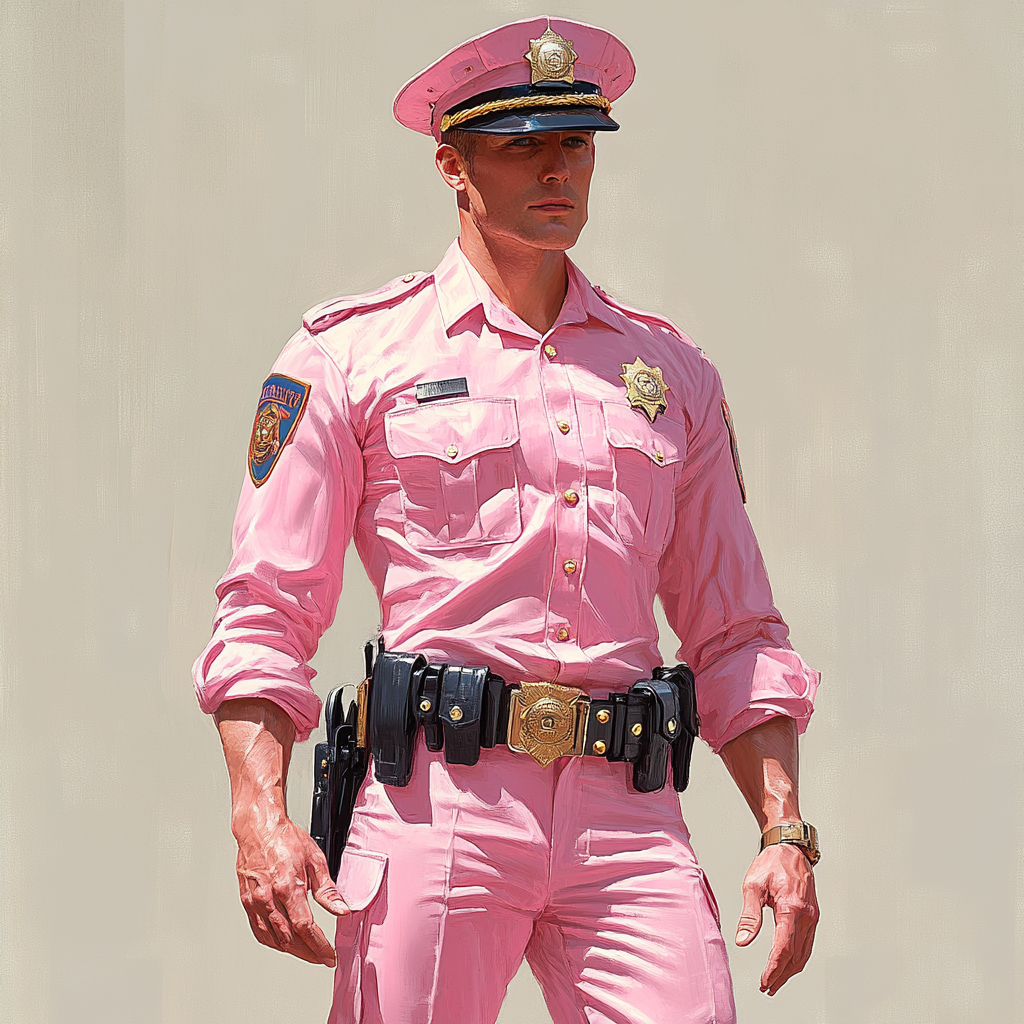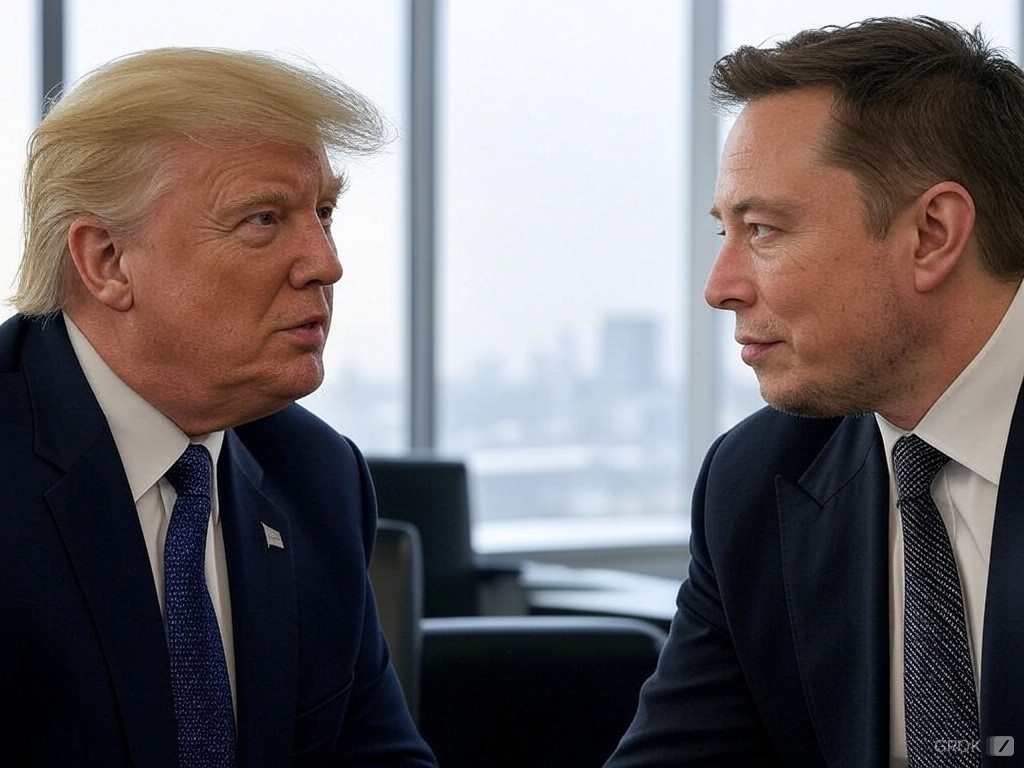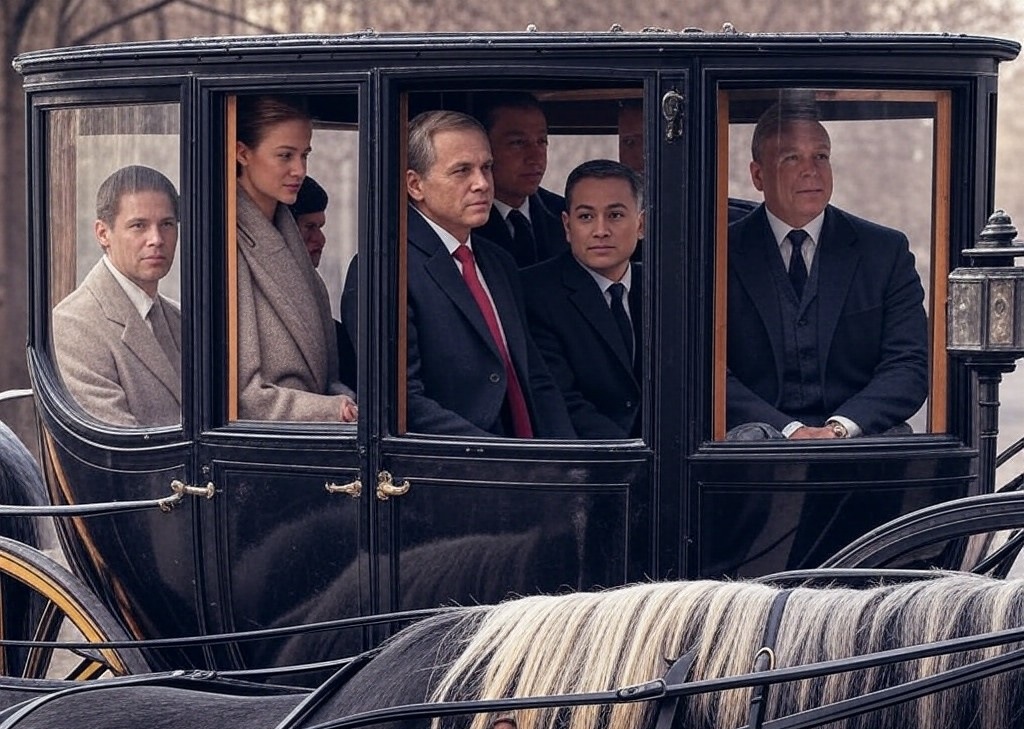In recent years, discussions about police reform in the United States have gained urgency due to growing concerns over abuses of power, excessive use of force, and the militarization of law enforcement. Many of these issues are tied to the kinds of individuals who are drawn to law enforcement careers. A radical, yet thought-provoking solution to this problem could be to fundamentally change the image of the police force by changing the color of their cars and uniforms. This approach might seem unconventional, but it addresses a crucial issue: preventing individuals with authoritarian tendencies from being drawn to the job in the first place.
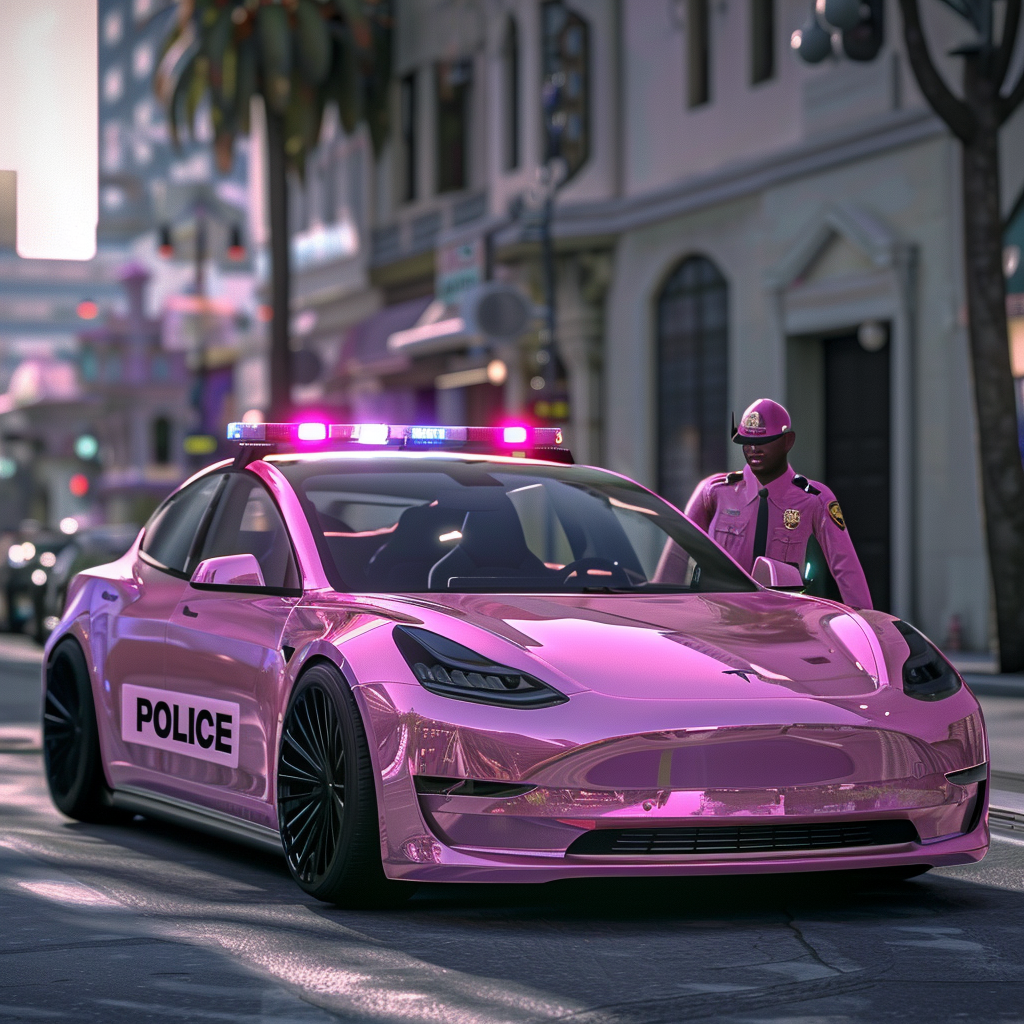
Critics of modern policing argue that some individuals are attracted to law enforcement not for the purpose of serving and protecting, but for the authority and power that come with the badge. The uniforms, cars, and equipment used by police can serve as symbols of dominance and control, which might appeal to people seeking that power.
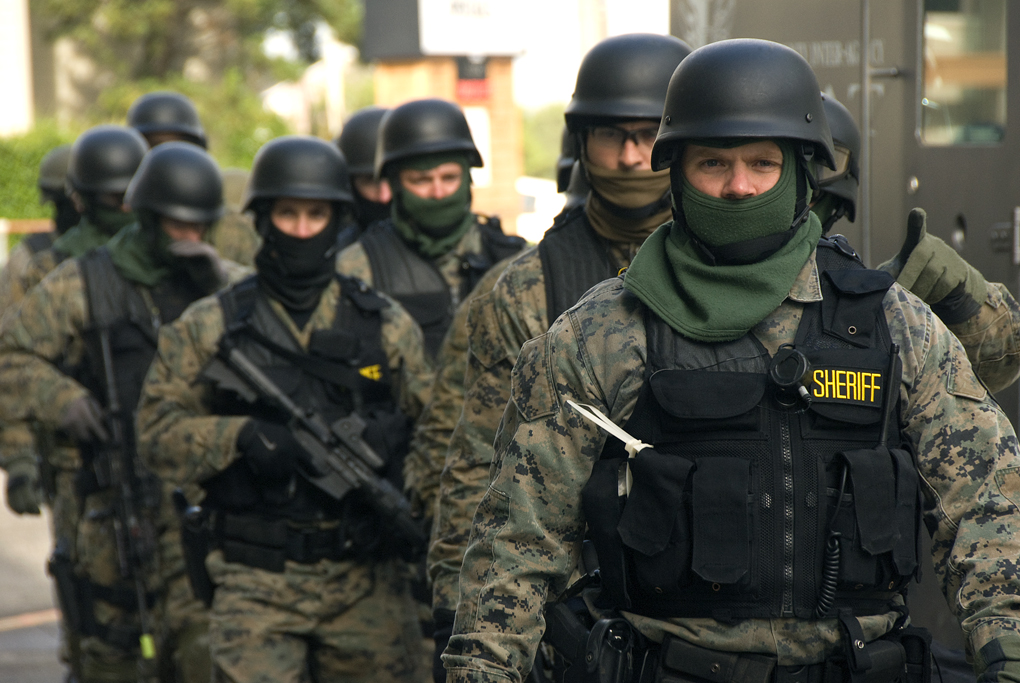
Police vehicles in the U.S. are often large and imposing, and the dark, militarized uniforms officers wear communicate authority. This image may attract those who are more interested in exercising control over others than in serving their communities.
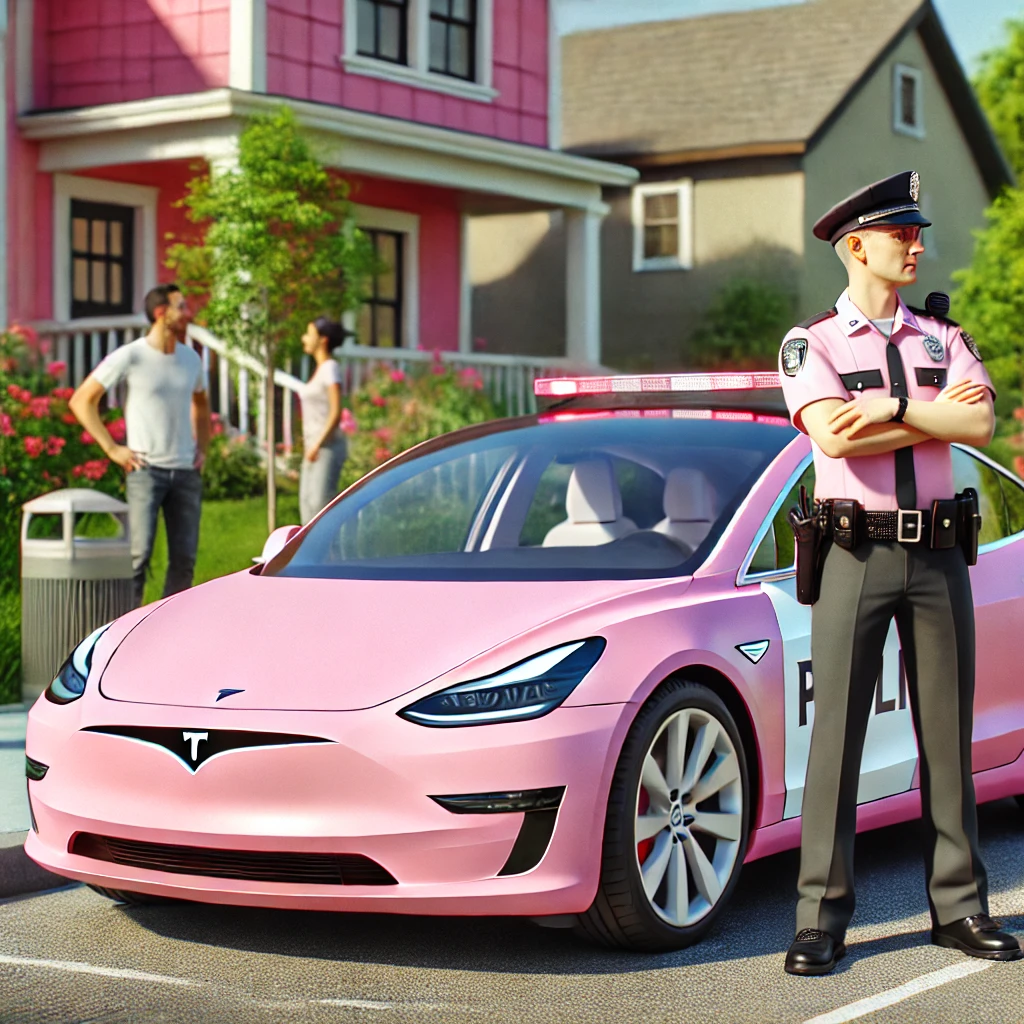
The idea of changing the aesthetics of police vehicles and uniforms could be an effective way to address this issue. If police officers drove small, economical pink cars and wore pink uniforms, it would send a clear message that their role is to protect and serve, not to intimidate or dominate.
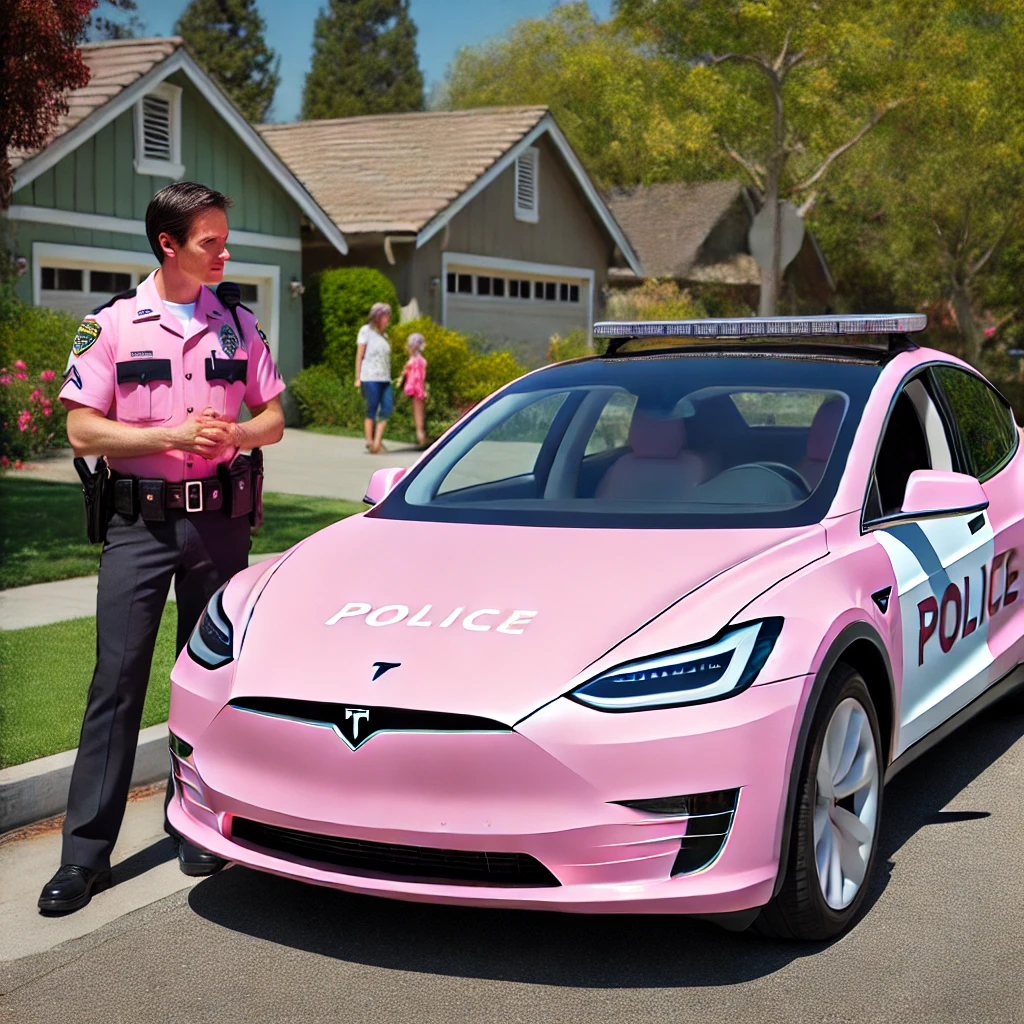
Pink is a color that has historically been associated with compassion and calmness, evoking feelings of trust and approachability. Psychologically, pink does not carry the same aggressive or authoritative connotations that darker colors do. By embracing pink, law enforcement could project an image of peacefulness and de-escalation, which is more conducive to building trust with the community.

Small, economical vehicles would further support this idea by contrasting sharply with the large, often intimidating police cars seen today. Instead of projecting power through large vehicles, the police would be signaling a more humble and service-oriented role.
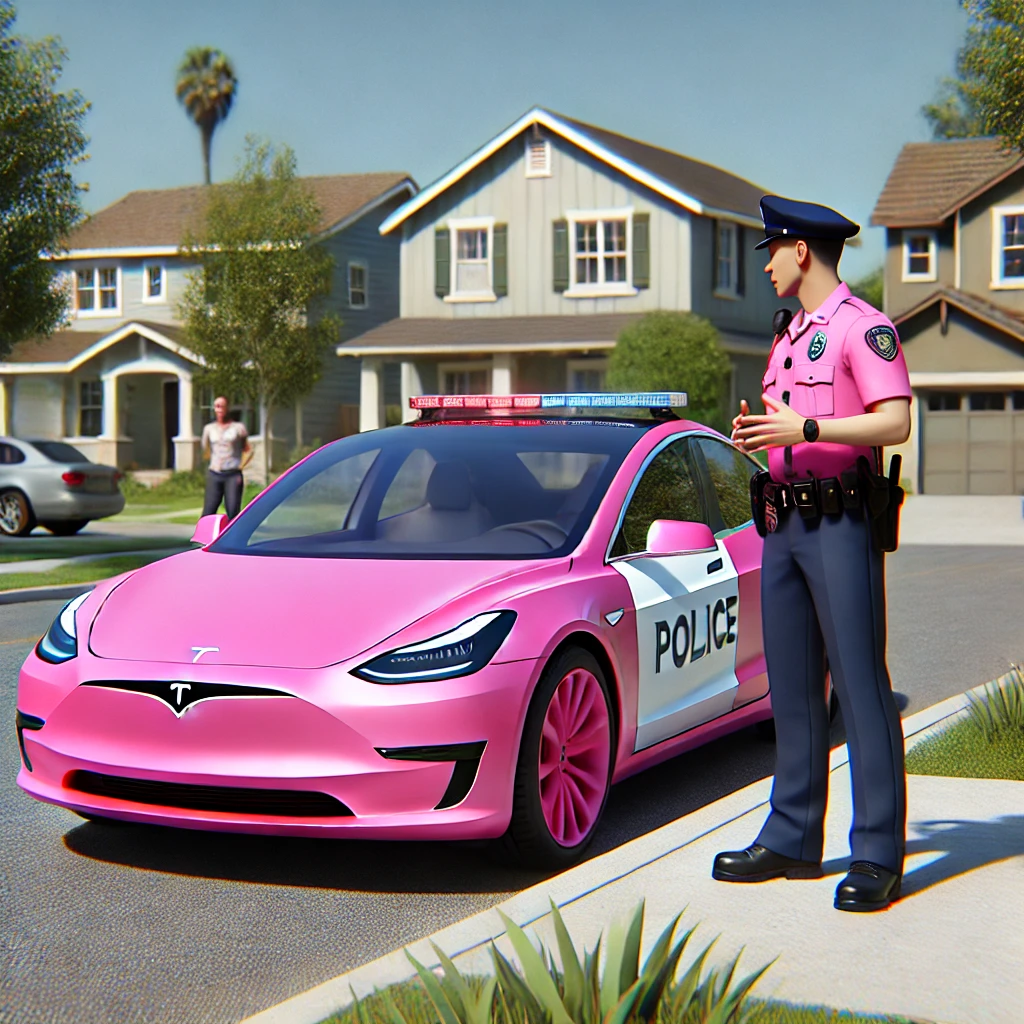
This shift could have a profound effect on the kinds of individuals who are drawn to the profession. People who are motivated by the desire to help others, rather than those who seek authority for its own sake, might be more likely to apply for positions in law enforcement if the image of the police was one of service rather than control.
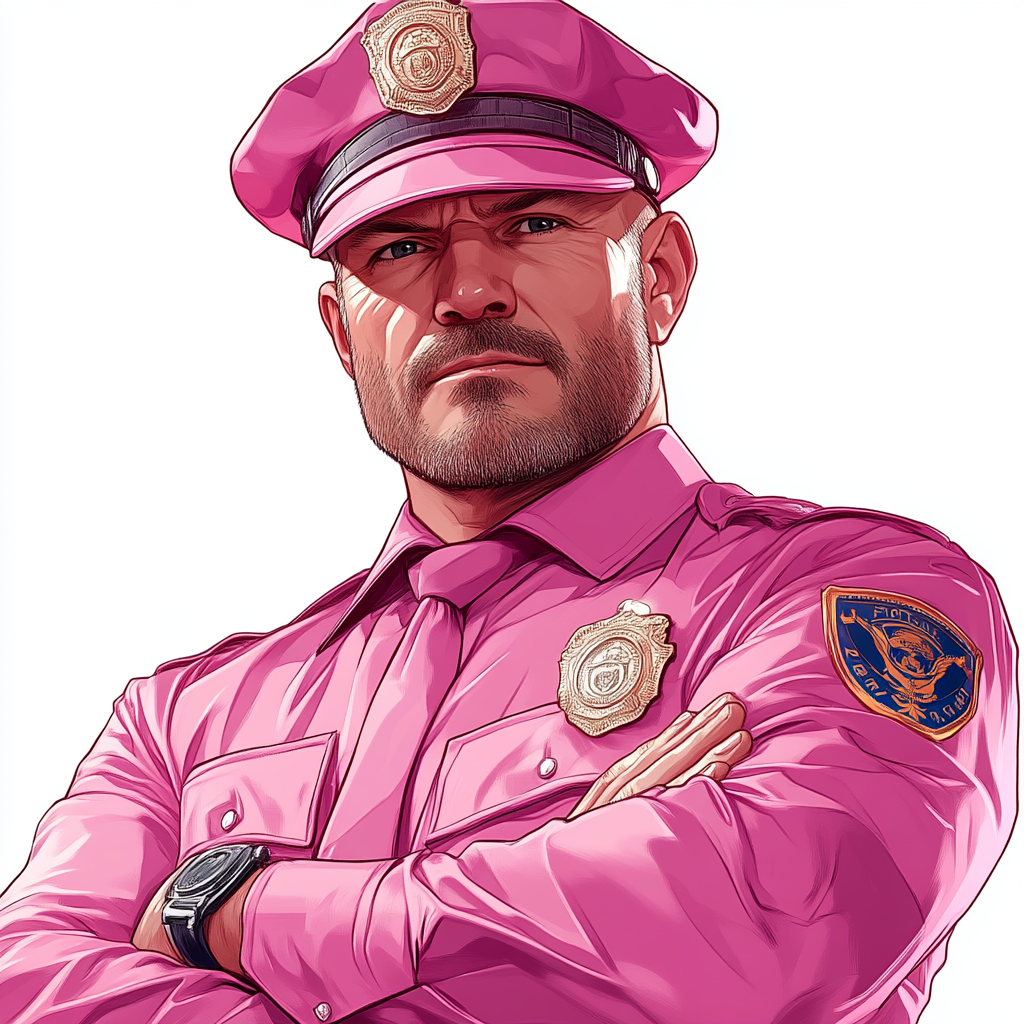
Changing the image of police officers in this way could also serve as a filter for the types of applicants the profession attracts. Individuals who are interested in wielding power may be less drawn to a police force that emphasizes approachability and humility. On the other hand, those who are truly motivated by a desire to serve their communities could find this image more appealing, leading to a shift in the culture of law enforcement over time.
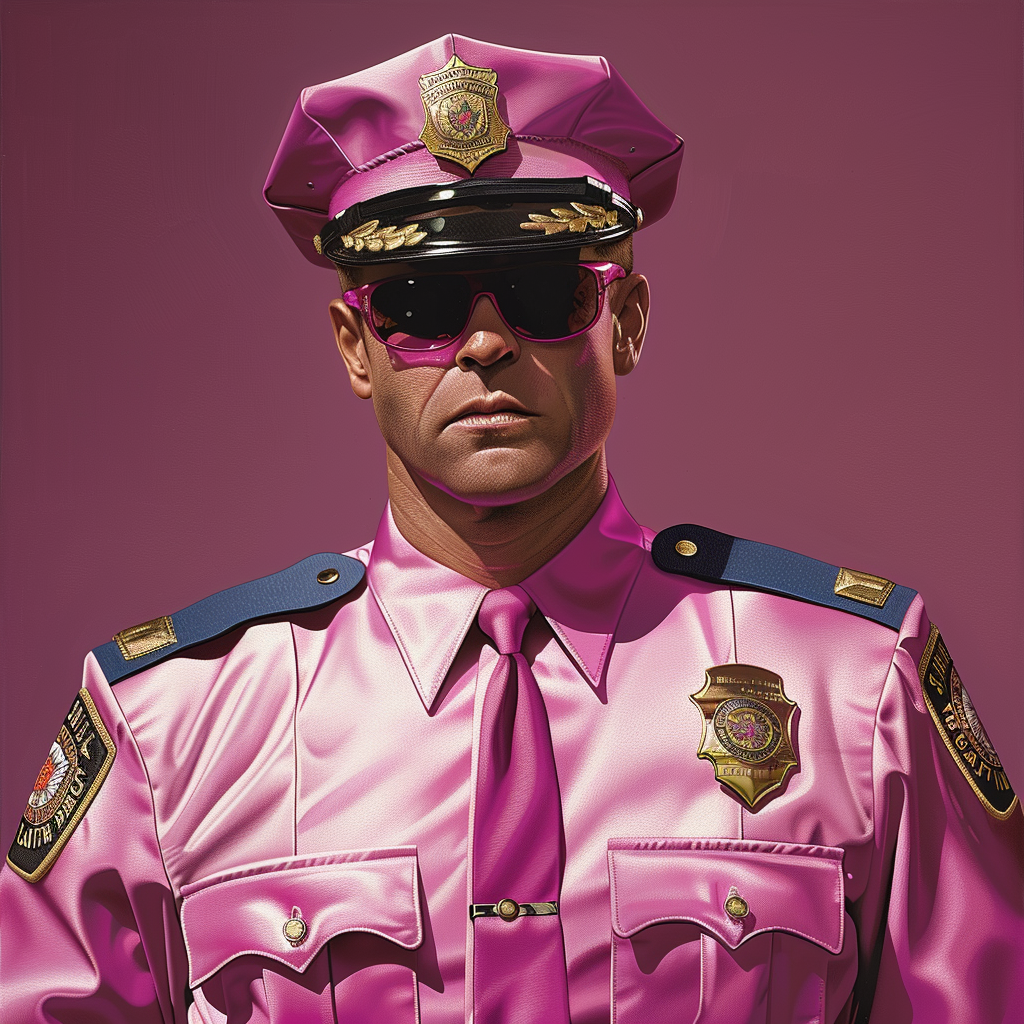
The symbolism of pink uniforms and smaller cars might seem superficial, but it carries deeper implications. This change would represent a shift away from the power-centric view of law enforcement and towards a model that prioritizes compassion, trust, and community service. By altering the aesthetics of policing, we could begin to reshape the culture of law enforcement itself, creating a future where the police are seen less as enforcers of authority and more as caretakers of peace and security.

